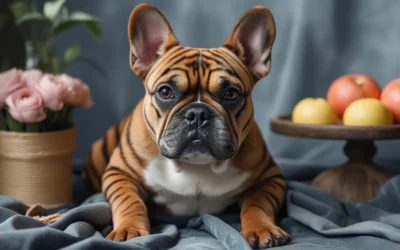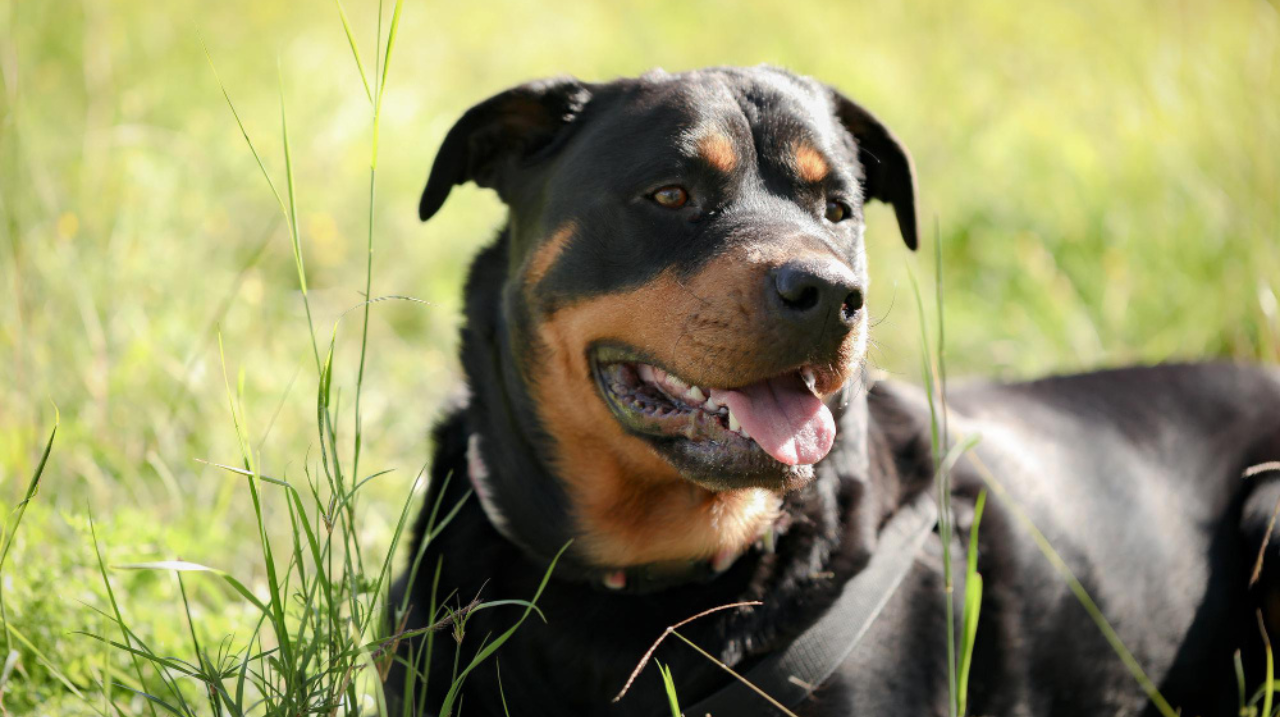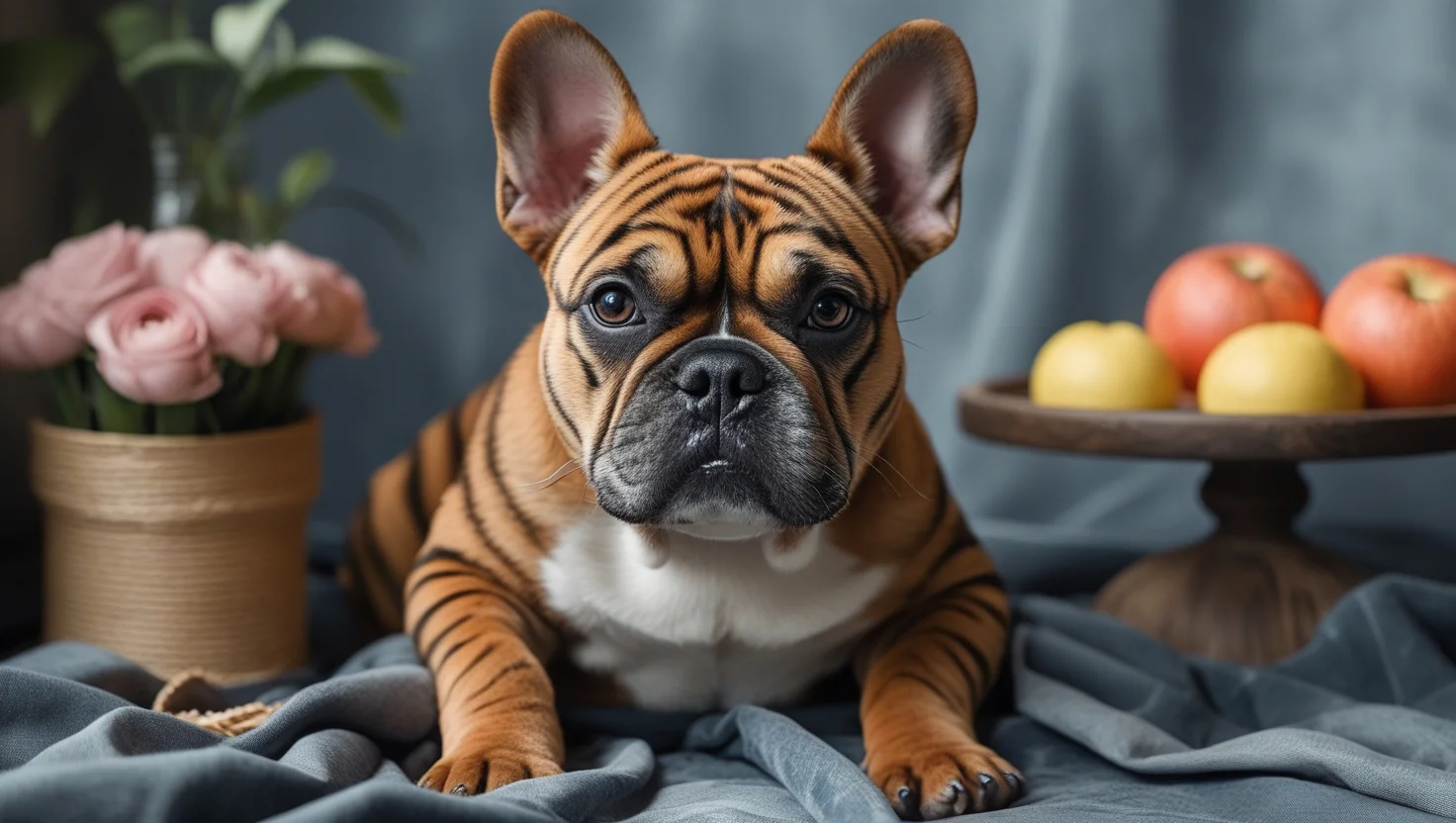Understanding Beauceron Puppies Temperament
The Beauceron, otherwise known as the Berger de Beauce, is an intelligent working breed with great loyalty, confidence, and protectiveness. These working dogs have natural herding abilities, which make them great working partners. With their energetic nature and strong work ethic, they need frequent physical exercise as well as physical and psychological challenges in order not to develop destructive tendencies. Proper socialization early in life and training are paramount in order to unlock their full potential and make them well-adjusted family members.
The Importance of Early Socialization
Early socialization is critical for Beauceron puppies in establishing positive associations with other environments, individuals, and other animals. Acquaintance with multiple situations serves to minimize fearfulness and aggression, supporting an even temperament. Puppy courses of action and playdates successfully instruct them in suitable manners, as well as their adaptability.
Socializing with Other Dogs
Socialization of Beauceron puppies with other dogs at an early age makes them develop sound canine manners and avoid later aggression. Controlled environments such as dog parks or playdates under supervision ensure positive contact for such interactions, encouraging courtesy through positive reinforcement methods.
Exposure to Varied Environments
Beaucerons do well when exposed to varying environments, allowing them to fit in with new situations confidently. Daily outings in parks, crowded streets, and other social events improve their socialization and make them less anxious in new situations.
Establishing Early Training Goals
Early training is the key to developing a well-mannered Beauceron. Practice simple obedience such as sit, stay, and come using reward-based techniques such as praise and treats. Crate training helps with housebreaking and offers the puppy its own safe room. Regular training sessions help train the puppy’s discipline as well as reinforce the owner-dog relationship.
Impulse Control Strategies
Train impulse control in order to manage the Beauceron’s strong will. Waiting before eating or walking through doors is taught through techniques such as those. Patience and respect are developed. Impulsive behavior is curbed through frequent intellectual stimulation with training games and exercise.
Encouraging Polite Play Behavior
Promoting play in moderation from an early age deters rough play or inappropriate play. Supervised play with other humans as well as other dogs instills boundaries and acceptable play. Positive reinforcement of calm, well-controlled play reinforces desired behavior.
Effective House Training Methods
Consistency is the key in house training your Beauceron puppy. Develop a routine for feeding times as well as bathroom breaks, and use crate training to avoid accidents. Rewarding with praise for successful elimination outside encourages good future habits.
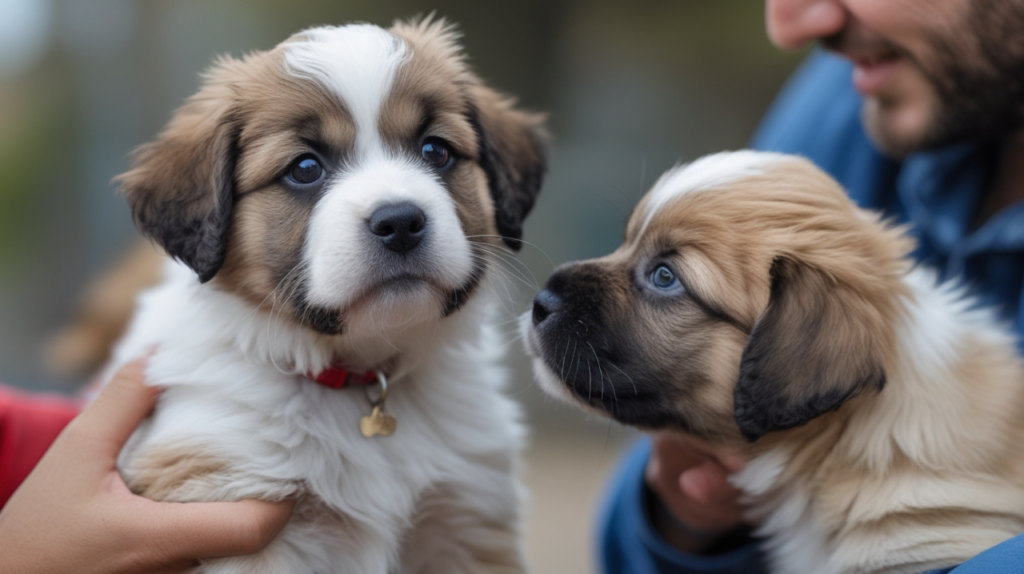
Key Training Stages
Training must develop over several stages as the Beauceron matures in line with their advancing cognitive and physical capacities.
8-16 Weeks: Laying the Foundation
Prioritize socialization and simple obedience training throughout this period. Acclimate the puppy to various individuals, animals, and situations. Short, positive training sessions provide an introduction to foundation commands while strengthening trust.
Up to Six Months: Building on Basics
As the puppy matures, practice already learned orders and teach more advanced tasks. Leash training, recall, and impulse control activities play larger roles. Practice must be consistent as well as positive.
Mastering Basic Commands
Establishing core commands such as sit, stay, and come is vital with the well-behaved Beauceron. Employ clear cues with instant rewards in order to reinforce their learning. Practice consistently within different environments helps with reliability and responsiveness.
Teaching Sit, Stay, and Come
Begin with “sit” with the puppy being placed in position and rewarded for compliance. Gradually move on to “stay” with increasing duration and distance, and always reward for success. “Come” is an important safety command; practice in situations under control, with energetic praise and reward for immediate response.
Implementing Positive Reinforcement
Positive reinforcement reinforces desired actions through linking them with something desirable. Treats, praise, and play are great motivators for Beaucerons. Consistently, timing is everything; reward right after the desired action so that the association can be made.
Travel Training for Beaucerons
Preparation of your Beauceron for travel means exposing them to car rides as well as new surroundings. Start with short trips that can be increased in duration as they settle in. Associate travel with positive vibes through positive reinforcement. For safety, apply suitable restraints or crates when they ride in the car.
Ensuring Safe Car Travel
Secure your Beauceron with a harness or in a crate when in transit. Gradually introduce the car as a pleasant environment with the use of treats and praise. Refrain from feeding the animal just prior to transport in order to avoid motion sickness. Stop periodically for exercise breaks on extended trips.
Interactions with Children
Beaucerons can be excellent family dogs when properly socialized. Teach children to interact respectfully, avoiding rough play or teasing. Supervise all interactions to ensure safety for both the child and the dog. Early exposure to children helps the Beauceron develop gentle and tolerant behavior.
Teaching Safe Play with Children
Teach children how to play with the Beauceron gently and calmly. Refrain from playing chase games that activate the herding instinct. Give the dog an escape option as the sanctuary when she is over-stimulated. Positive exposure with children consolidates the bond of trust and love.
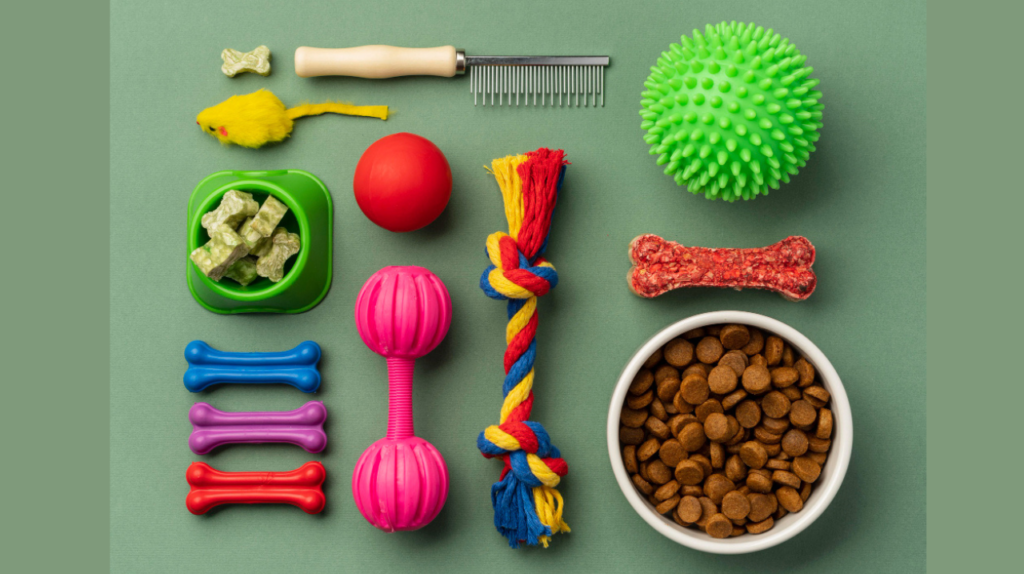
Role of Toys in Training
Toys are useful for training as well as mental stimulation. Puzzle feeders test the Beauceron’s mind, while chewing toys provide them with their requirement for chewing. Use toys in training situations to make training fun and interactive.
Choosing Suitable Toys
Select sturdy toys for large breed dogs in order to withstand heavy play. Refrain from small pieces of toys that can cause chokes. Rotate the toys regularly to keep them interesting. Supervise play for safety reasons as well as for avoiding destructive tendencies.
Preparation for owner absences
Teaching your Beauceron to adapt to being left alone will help avoid separation anxiety. Gradually increase your absence time in small steps. Leave interesting toys or tempting treats available for them for when you are away. Develop a routine for them with set times for leaving and returning.
Gradual Departure Techniques
Practice leaving home or your room and then returning in an uneventful way. Practice picking up keys, for example, when not actually leaving. Gradually desensitize the dog. On your return, reward calmness to teach independence. Calm aids or white noise can be used as support.
Expert Counsel and Connections
Taking professional training courses offers structured instruction and socialization. Seasoned instructors can provide individualized counsel and work on particular behavioral problems. Beauceron training sources such as online material and books provide extra help and methods adapted to the nature of the breed.
Conclusion: Forming an Everlasting Relationship with Your Beauceron
It needs patience, attention, and knowledge of the breed’s specific requirements. With early socialization, positive reinforcement, and exercise, you can develop a strong, confident relationship. Spending time and effort on training is the key to ensuring a harmonious and enjoyable companionship with your Beauceron.
FAQs
Are Beauceron dogs easy to train?
Answer: Yes, Beaucerons are intelligent and eager to please, making them responsive to training. However, their strong will requires consistent, positive reinforcement methods and early socialization to ensure success.
How to train a Beauceron puppy?
Answer: Start with basic obedience commands using positive reinforcement techniques. Incorporate crate training for housebreaking and provide regular socialization with people and other animals. Consistent training sessions and mental stimulation are key to developing a well-adjusted adult dog.
What is the 10-minute rule for puppies?
Answer: The 10-minute rule suggests that puppies should have short training sessions lasting around 10 minutes to maintain their attention and prevent fatigue. Multiple short sessions throughout the day are more effective than longer, infrequent ones.
What is the 3-second rule for puppies?
Answer: The 3-second rule involves allowing a puppy to interact with a new stimulus (like another dog or person) for three seconds before redirecting their attention. This technique helps prevent overstimulation and teaches the puppy to remain calm during interactions.


